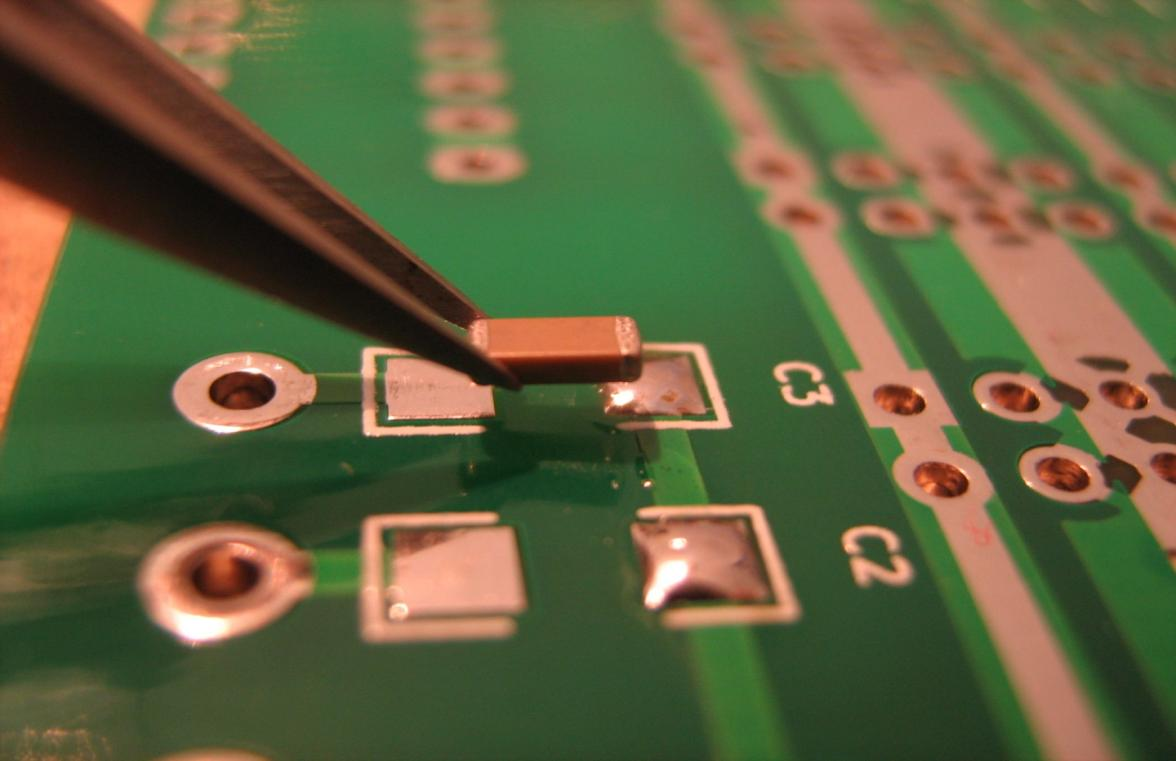- upload bom file
- +86 0755-82770375
- info@onepcba.com
- Compare Products
- Change Location:
Resistance and impedance in PCB layout

Resistance and impedance in PCB layout

All electronic components have resistance and resistance, which together constitute impedance. Although we think the conductive trace on the PCB is a perfect conductor with zero resistance and zero reactance, this is not the case. Like the components on a circuit board, the materials that make up the board give it some resistance and resistance that determine the behavior of the signal. One goal of the designer in both domains (wave propagation and power) is to design a board to achieve an impedance or resistance goal, as both are affected by a particular layout choice. In this article, we will look at impedance and resistance and their impact on PCB layout.
Since all components and conductive elements in a PCB layout will have some resistance and reactance, in some cases the designer will need to anticipate these and take them into account when creating the design.
The PCB layout design process can be roughly divided into the following activities:
☐ material selection task:
☐ choose layer material
☐ definition of layer thickness
☐ select mask welding type
☐ assignments
☐ determine where to place the component
☐ determine the position of the hole and the hole
☐ routing task
☐ set trace copper weight
☐ set trace length and width
☐ definition tracking path
☐ through type definition
☐ design review
☐ DFM compliance
☐ production analysis
☐ thermal conductivity is analyzed
In these task sets, the impedance will be affected by the material selection and the results will be used for routing. This occurs mainly in two types of designs: switching power systems and high-speed/high-frequency designs. In power systems and high-speed systems, the placement of components can also create parasitism in the PCB layout, which will produce undesired signal behavior because parasitism modifies the impedance of the circuit or component from its target value. In addition, resistance is important in high-power DC systems, as these systems experience power losses due to conductor resistance, which is also undesirable.

